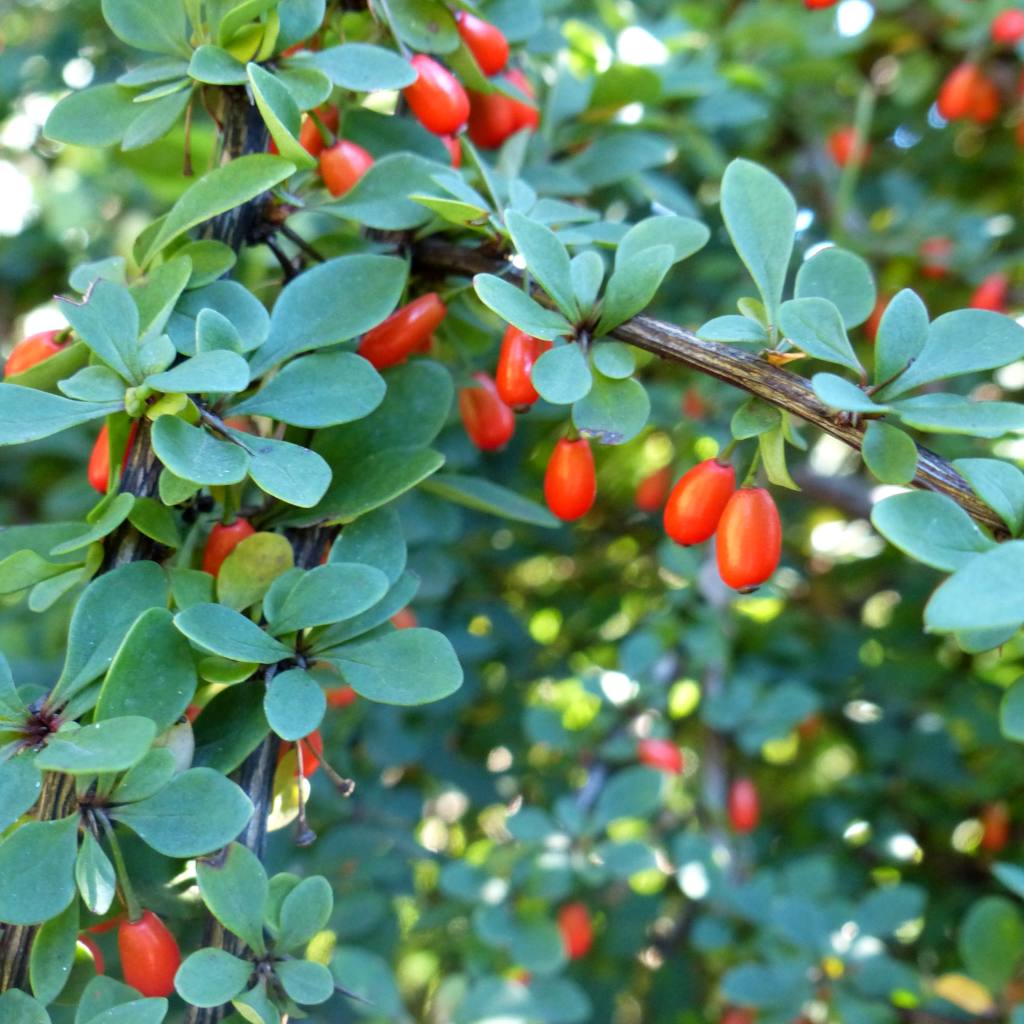The Barberry Plant: A Versatile and Historic Shrub
The barberry plant, a member of the Berberidaceae family, is a versatile and historically significant shrub that has been cultivated for centuries for its ornamental value, medicinal properties, and culinary uses. With its vibrant foliage, showy flowers, and edible berries, the barberry plant has captivated gardeners and herbalists alike.
A Brief History of the Barberry Plant
The barberry plant has a long and rich history, dating back to ancient civilizations. It was highly prized by the Egyptians, who used its berries to make wine and its roots for medicinal purposes. In ancient Greece and Rome, the barberry plant was also valued for its medicinal properties and was used to treat a variety of ailments.

During the Middle Ages, the barberry plant played a significant role in European herbalism. It was believed to have healing properties for a wide range of illnesses, including fever, jaundice, and skin conditions. The plant was also used to dye fabrics and was a popular ingredient in traditional remedies.
Today, the barberry plant continues to be cultivated for its ornamental value and medicinal properties. It is a popular choice for gardens and landscapes, and its berries are still used in traditional medicine and culinary applications.
Types of Barberry Plants
There are many different species and cultivars of barberry plants, each with its own unique characteristics. Some of the most popular types include:

Common barberry (Berberis vulgaris): This is a deciduous shrub that grows up to 8 feet tall and wide. It has spiny branches, bright green leaves, and yellow flowers. The berries are oval-shaped and bright red when ripe.
[Image of Common barberry plant]
[Image of Japanese barberry plant]
[Image of Menominee barberry plant]
[Image of Wintergreen barberry plant]
[Image of Korean barberry plant]
Ornamental Value of Barberry Plants
Barberry plants are prized for their ornamental value, adding beauty and color to gardens and landscapes. Their vibrant foliage, showy flowers, and colorful berries create a stunning visual display throughout the year.
Foliage: Barberry plants exhibit a wide range of leaf colors, from bright green to deep purple. Some species and cultivars have leaves that change color in the fall, creating a breathtaking autumn display.

Medicinal Properties of Barberry Plants
Barberry plants have been used for centuries for their medicinal properties. The berries, roots, and bark contain a variety of bioactive compounds, including alkaloids, flavonoids, and tannins, that have been shown to have potential health benefits.
Antioxidant properties: Barberry plants are rich in antioxidants, which can help protect the body from damage caused by free radicals.
Culinary Uses of Barberry Plants
Barberry berries are edible and have been used in traditional cuisines around the world for centuries. They have a tart, tangy flavor and are often used to add a unique flavor to dishes.
Preserves: Barberry berries can be used to make jams, jellies, and preserves.
Growing Barberry Plants
Barberry plants are relatively easy to grow and can thrive in a variety of soil conditions. They are drought-tolerant and can tolerate poor soil.
Planting: Barberry plants can be planted in the spring or fall. They prefer full sun to partial shade.
Pest and Disease Control
Barberry plants are generally resistant to pests and diseases, but they can be susceptible to powdery mildew and aphids.
Powdery mildew: Powdery mildew is a fungal disease that can cause white patches on the leaves and stems of barberry plants. It can be treated with fungicides.
Conclusion
The barberry plant is a versatile and beautiful shrub that has been cultivated for centuries for its ornamental value, medicinal properties, and culinary uses. With its vibrant foliage, showy flowers, and edible berries, the barberry plant is a valuable addition to any garden or landscape. Whether you are interested in its beauty, its health benefits, or its culinary applications, the barberry plant offers something for everyone.

:strip_icc()/Star-Jasmine-Bb09HQPpasXBPjzYMW55cV-cae2b5707aa74a3ba328959ad0357284.jpg?w=200&resize=200,112&ssl=1)




